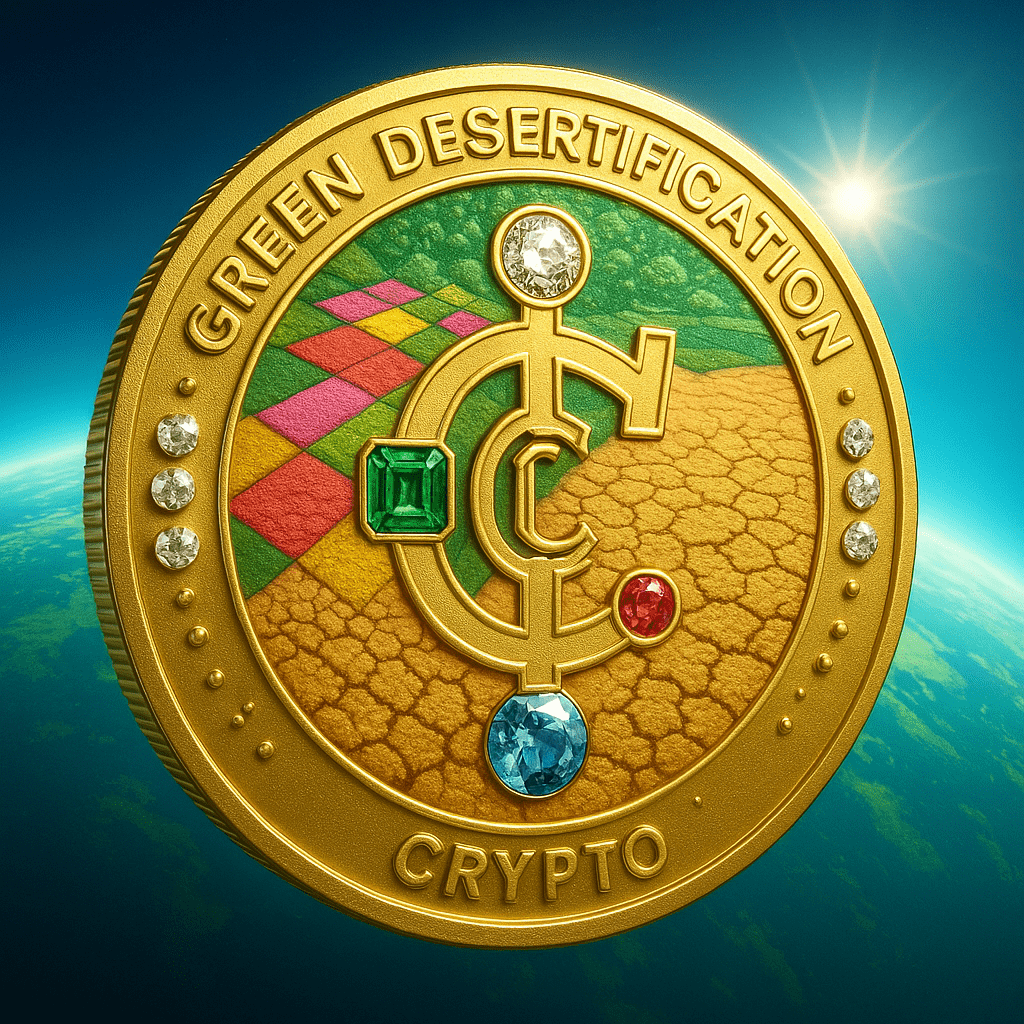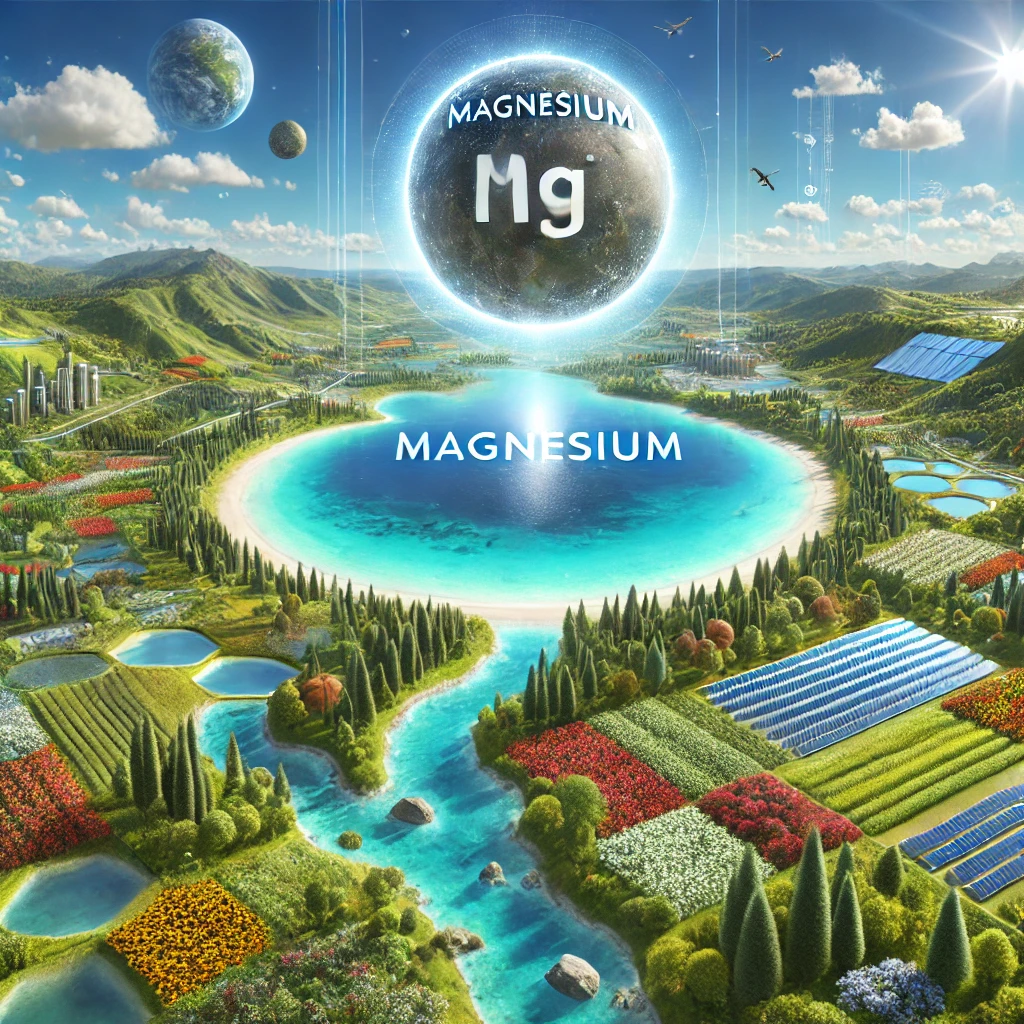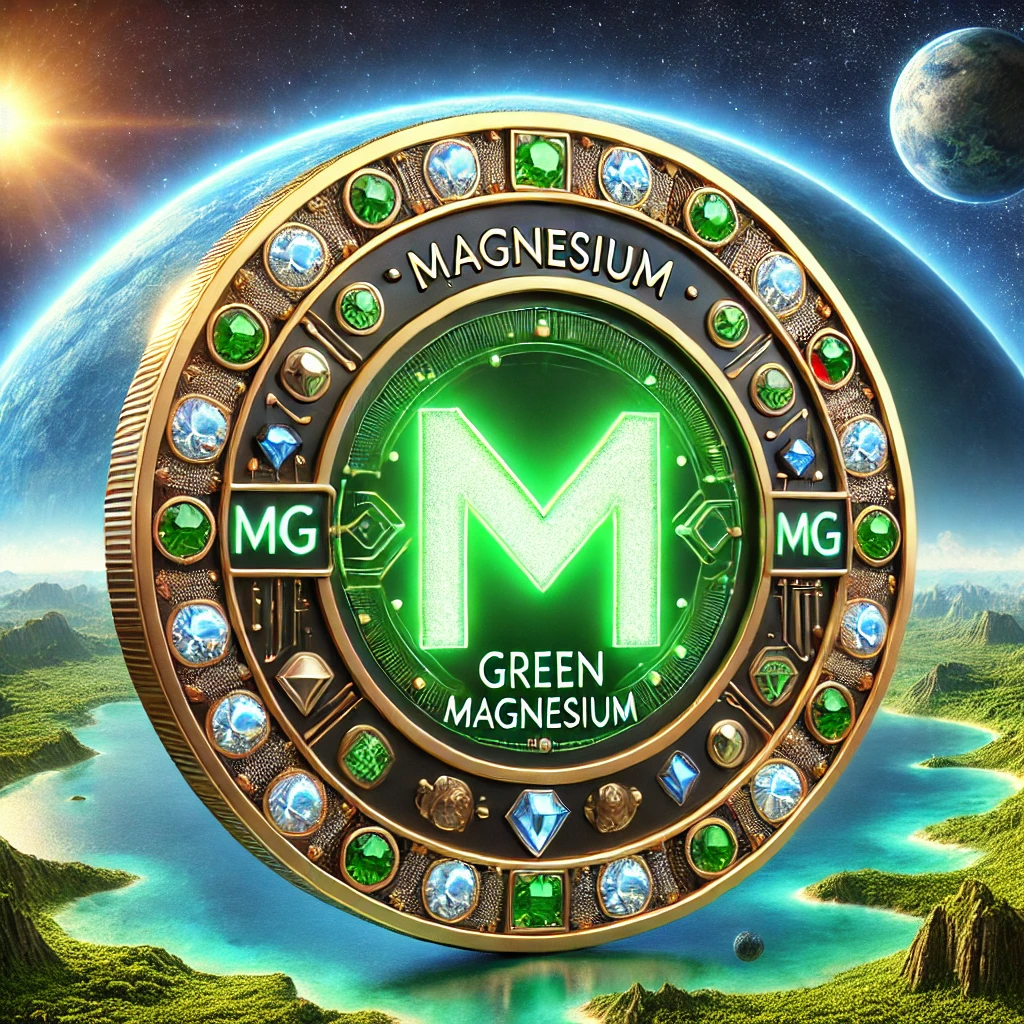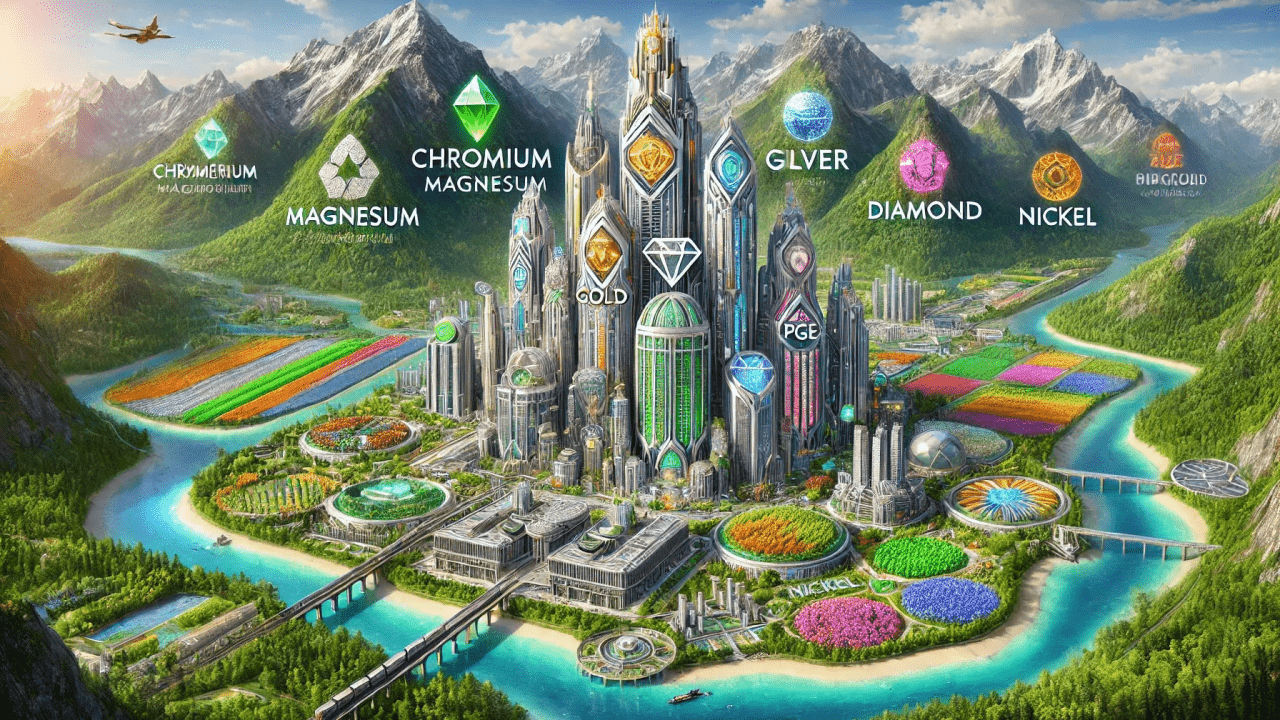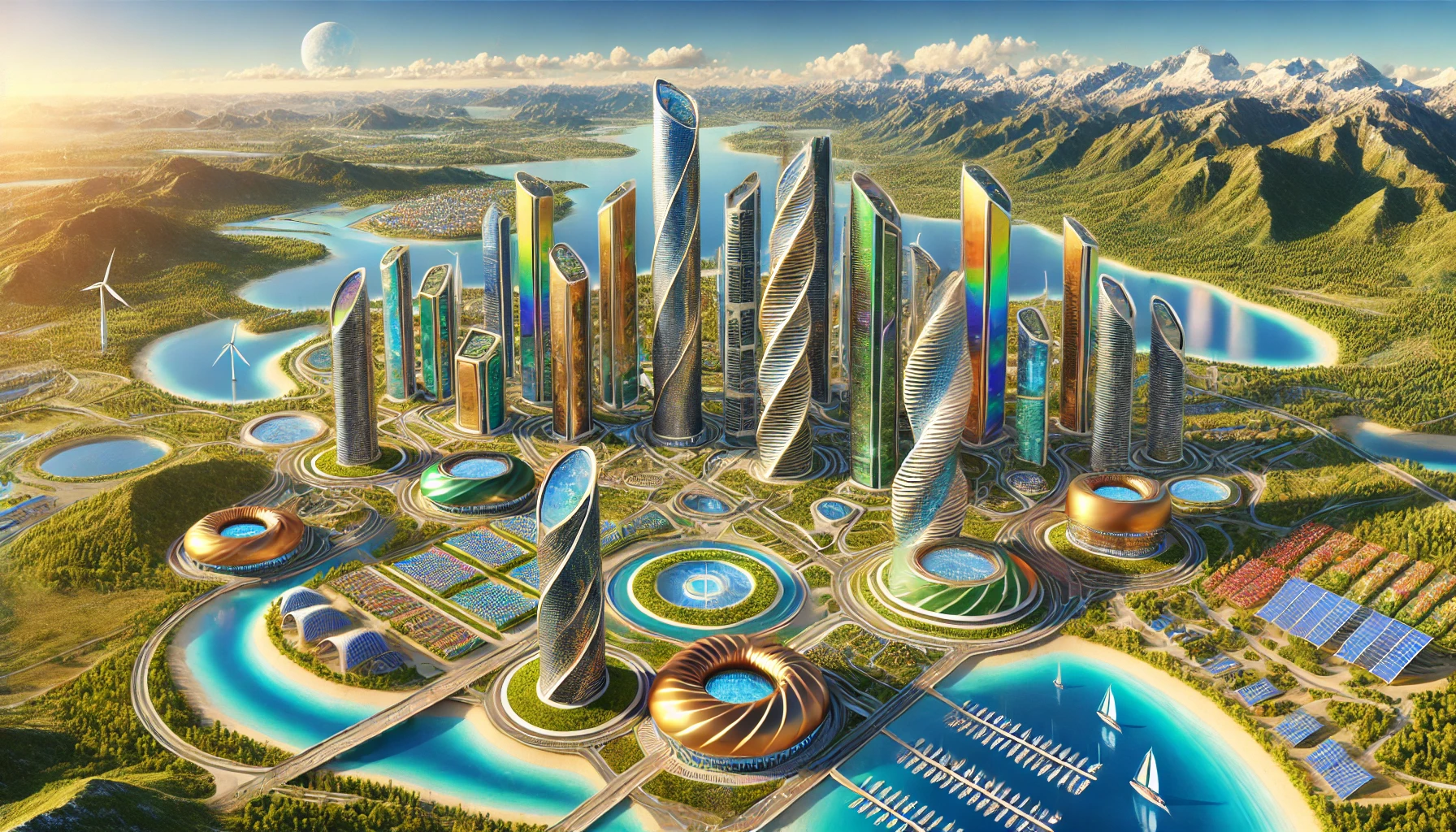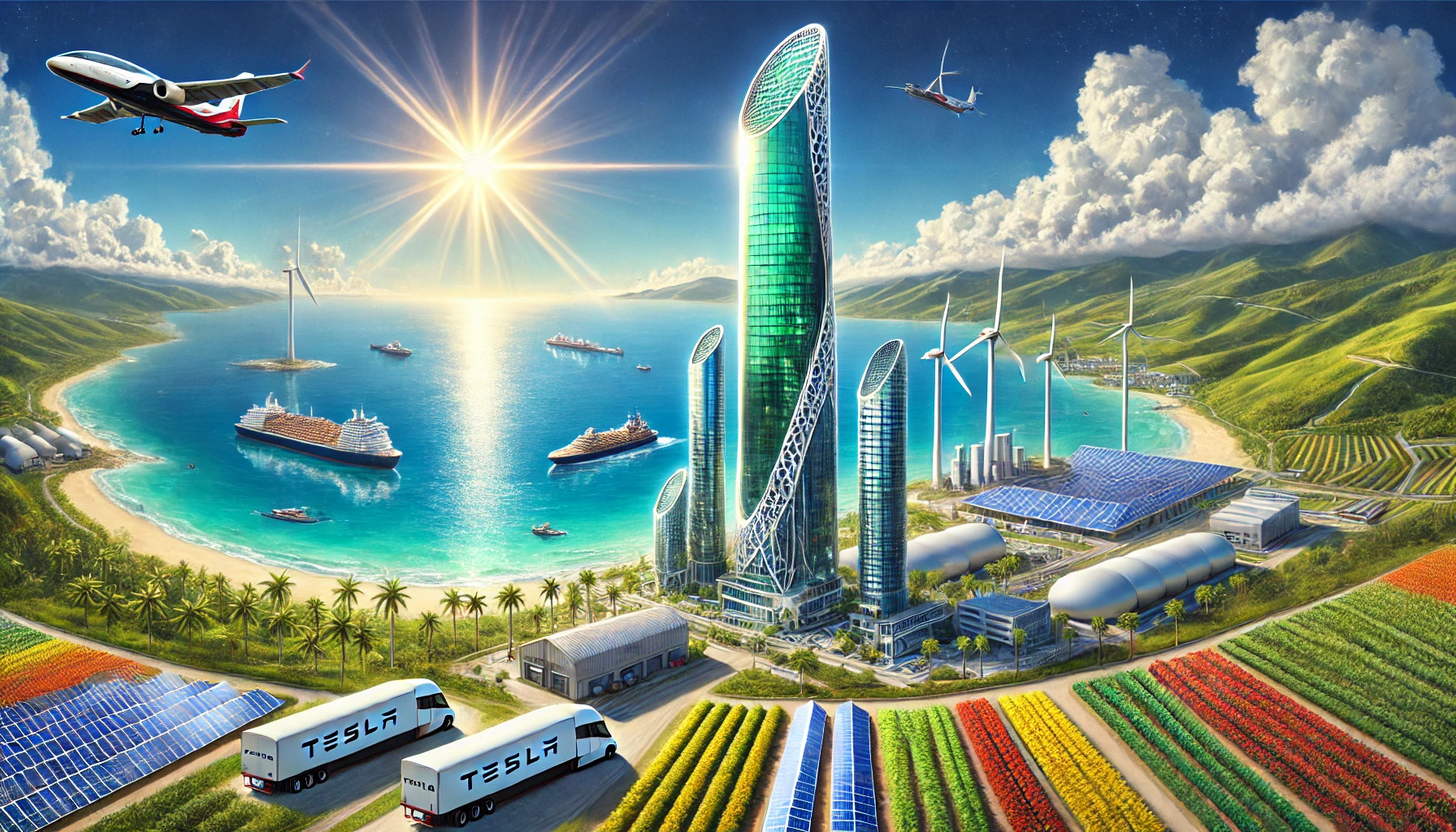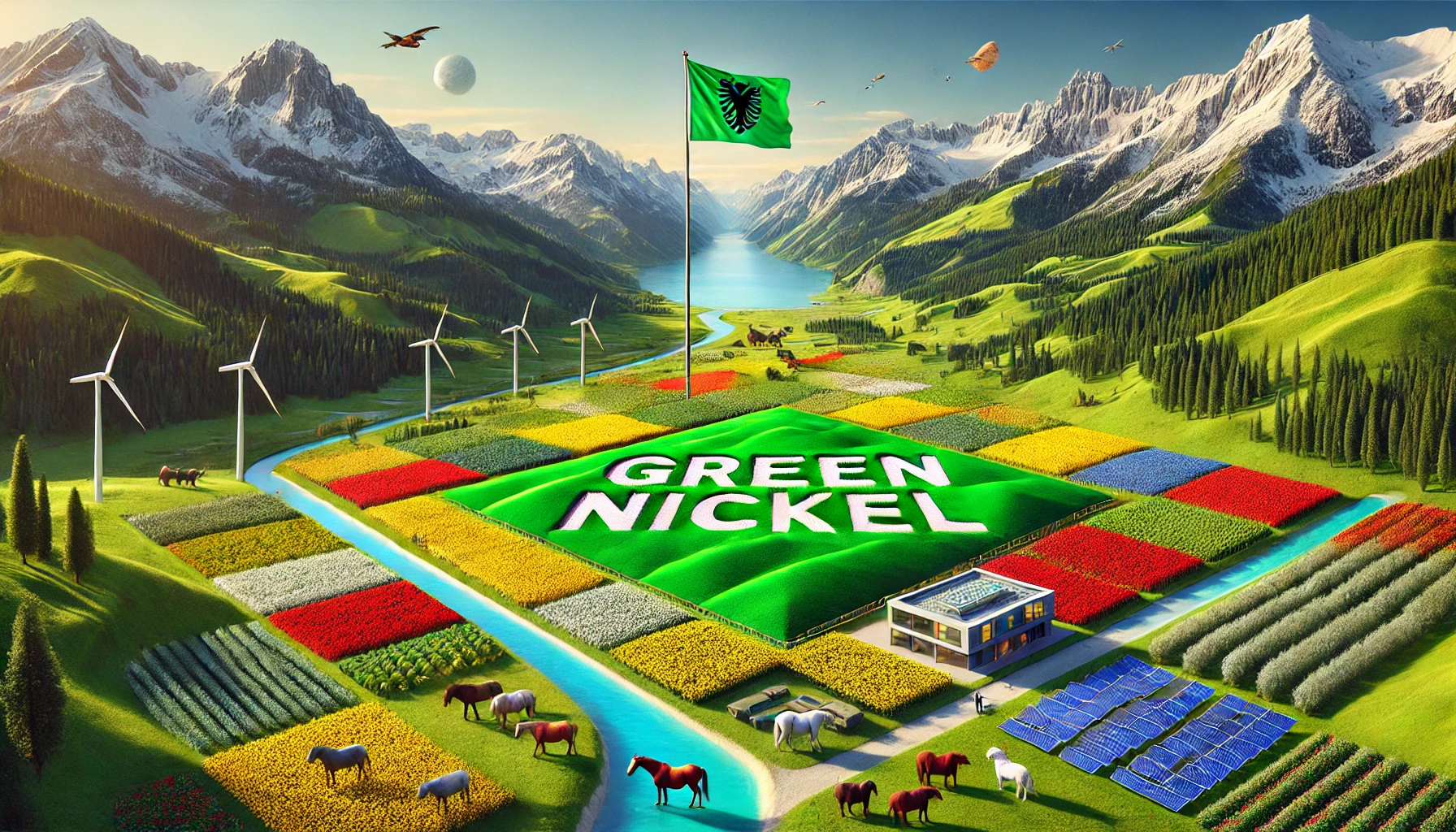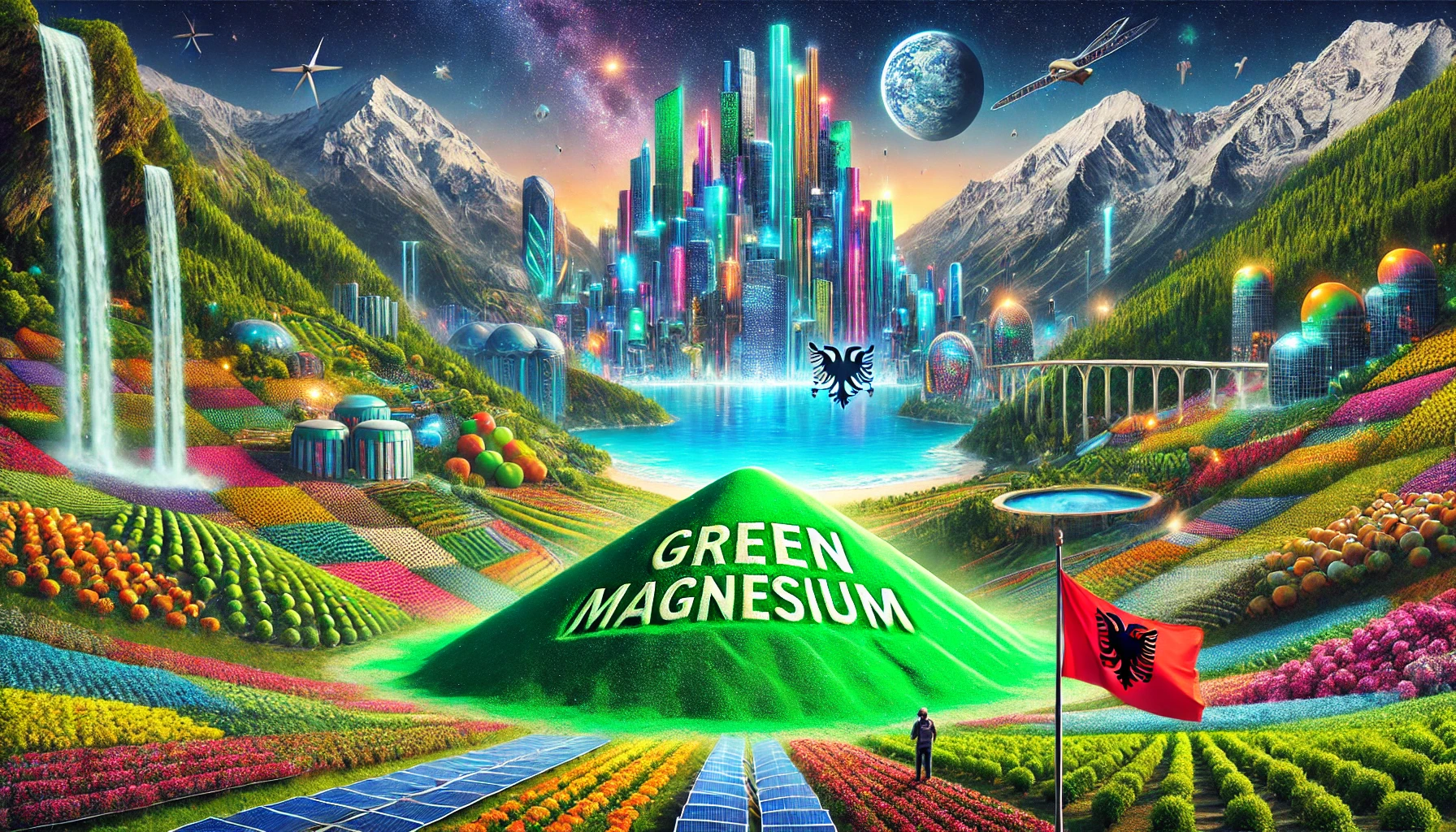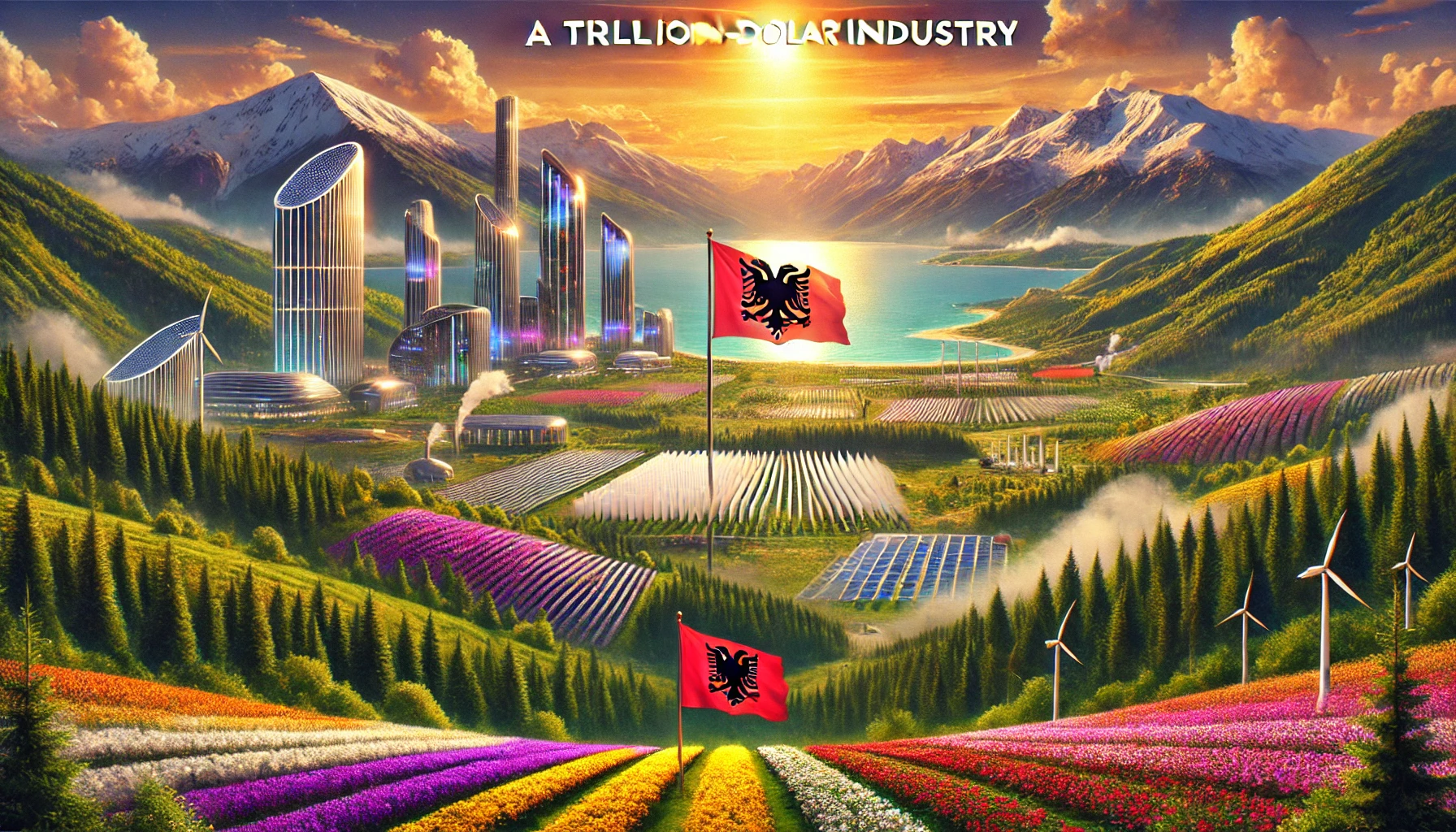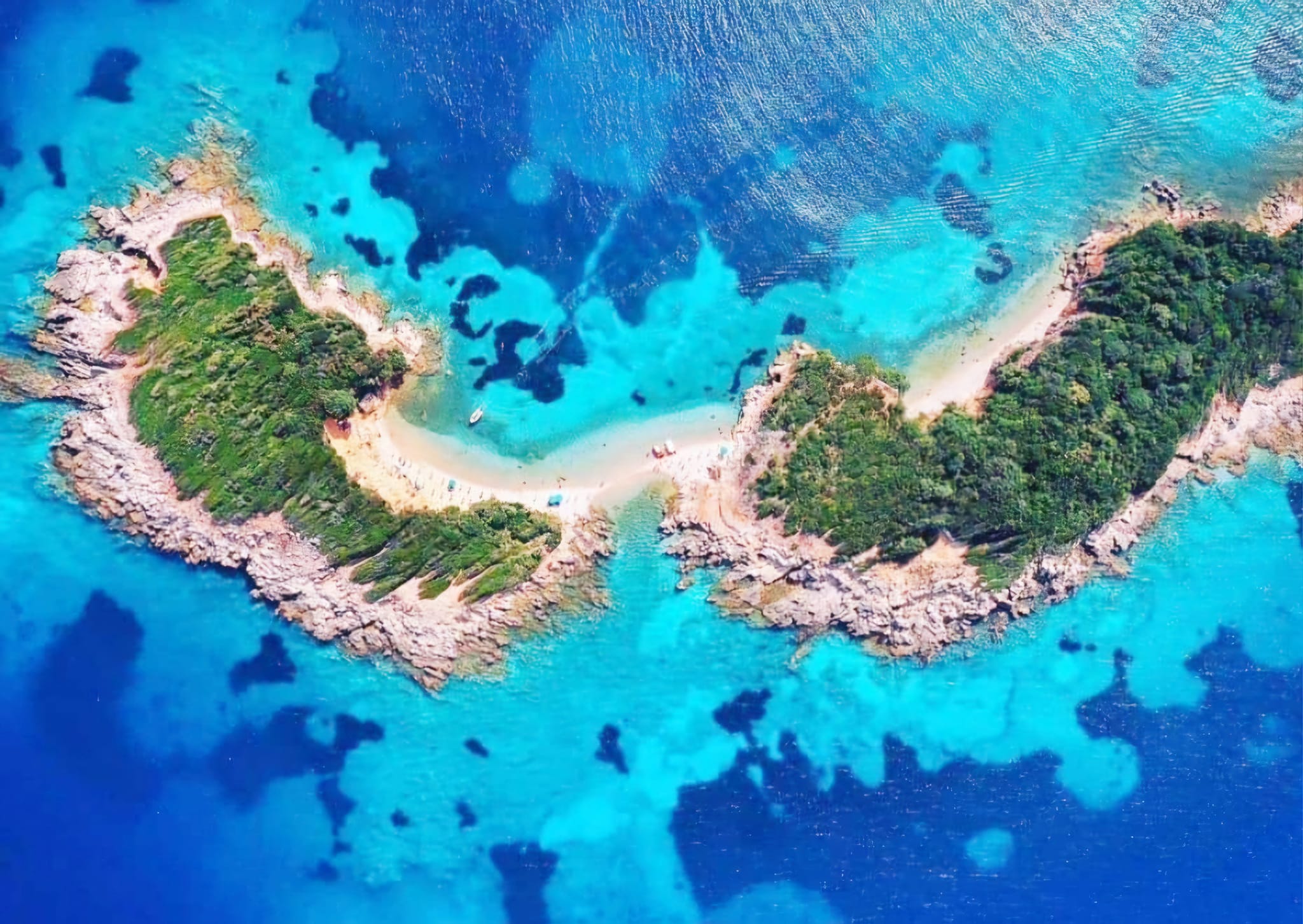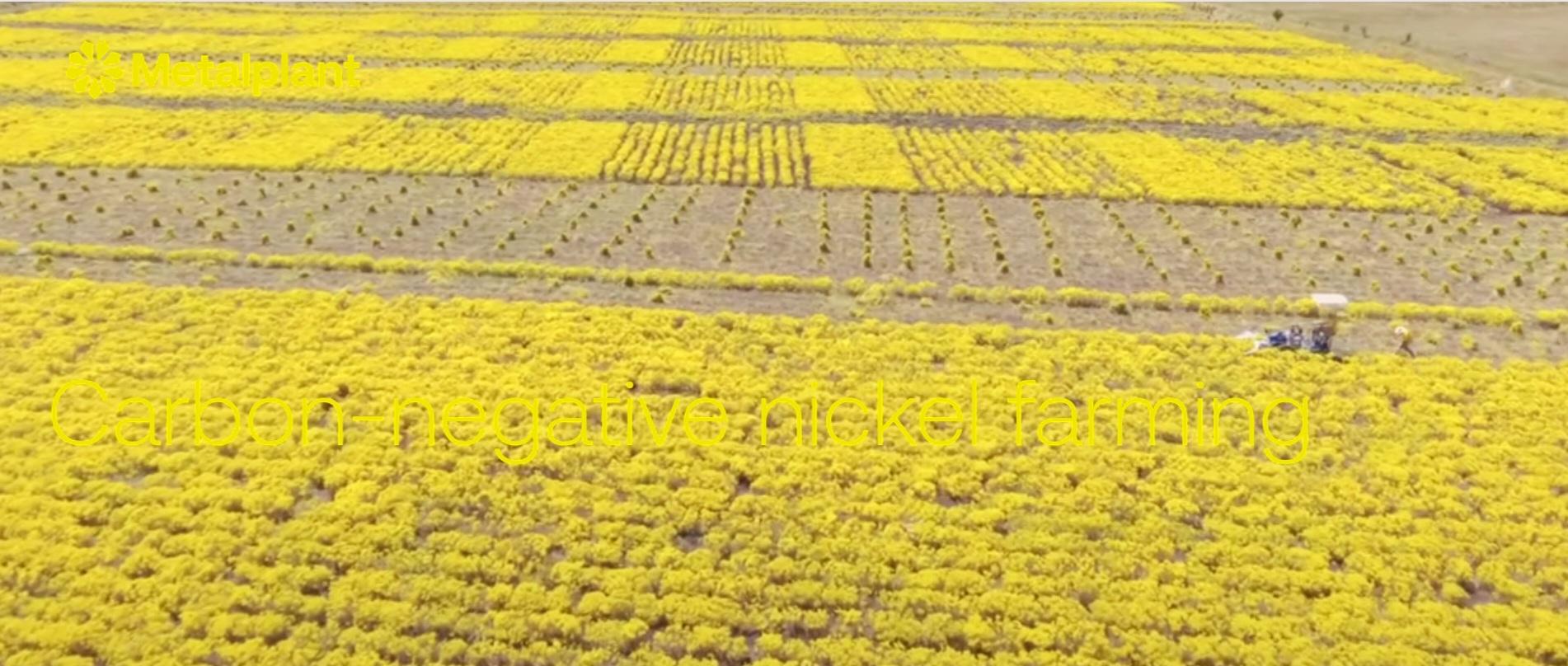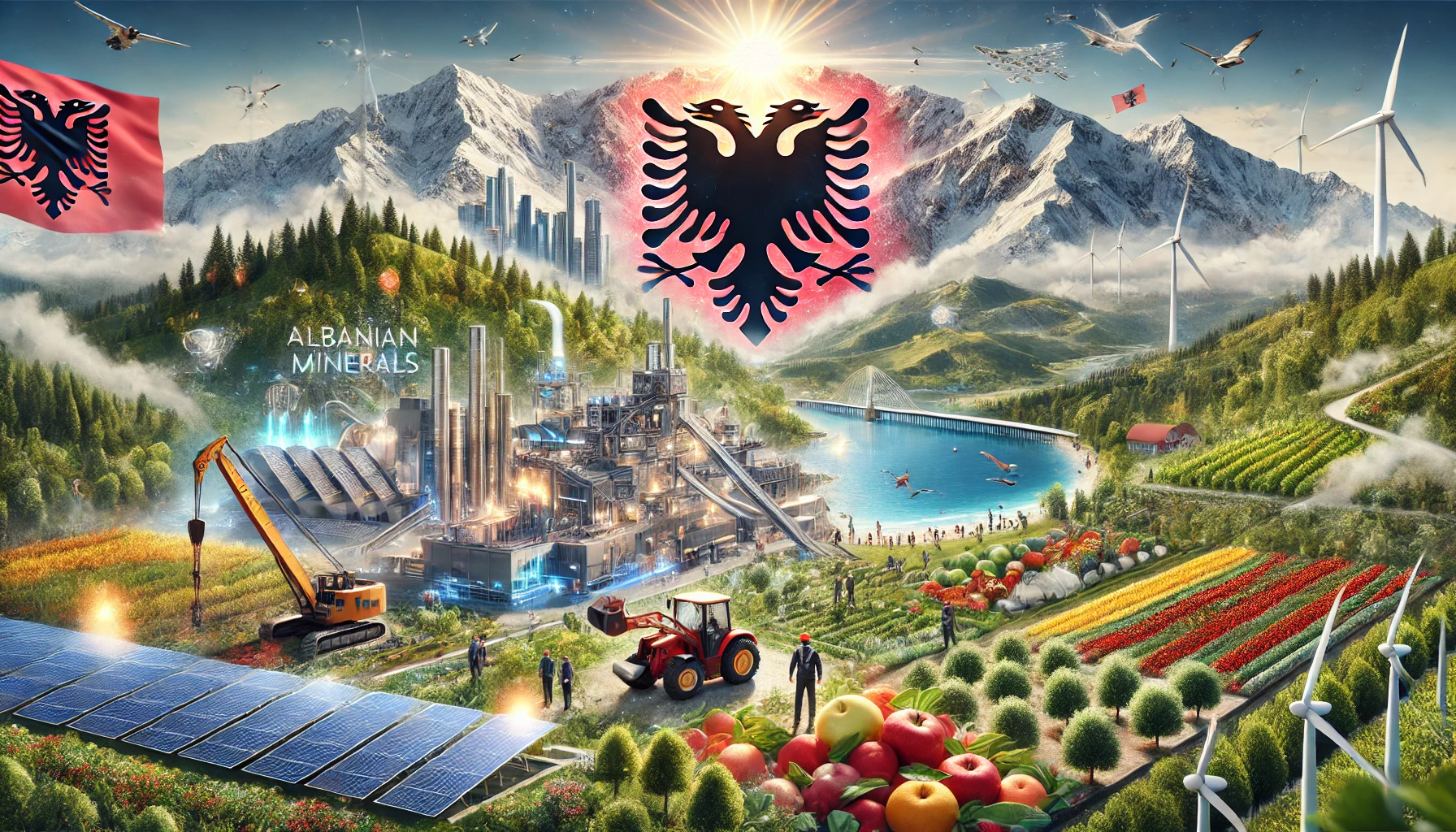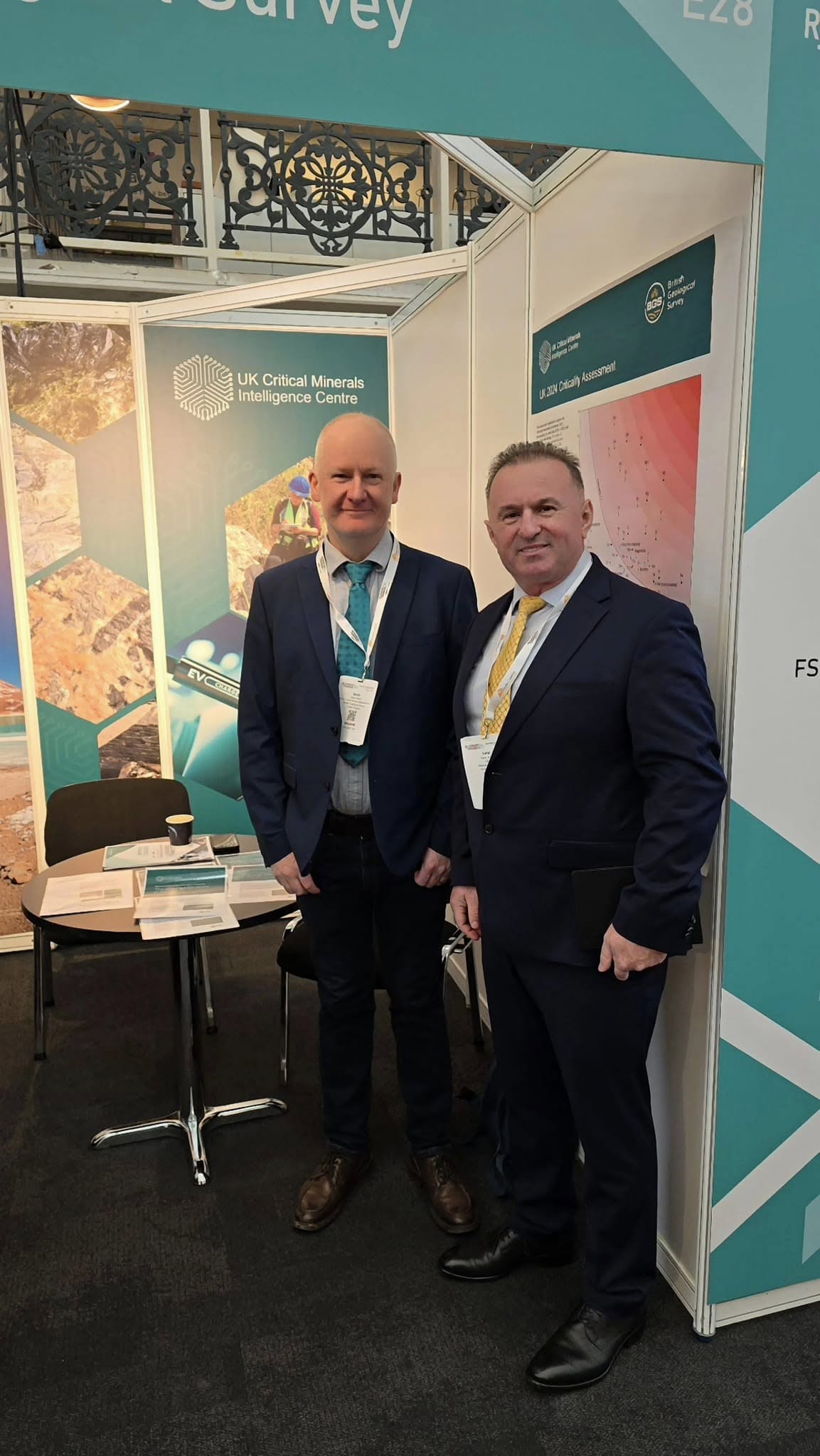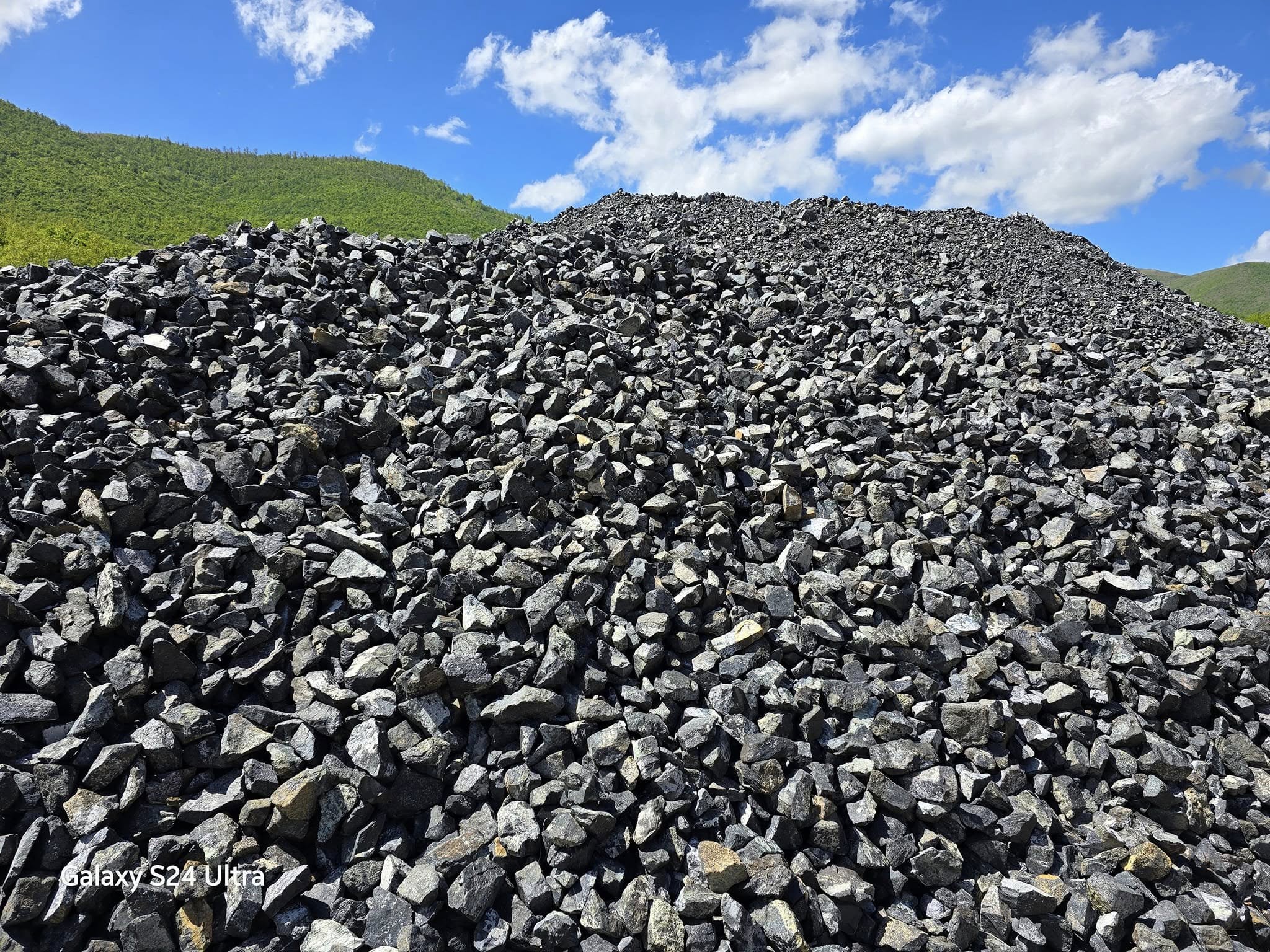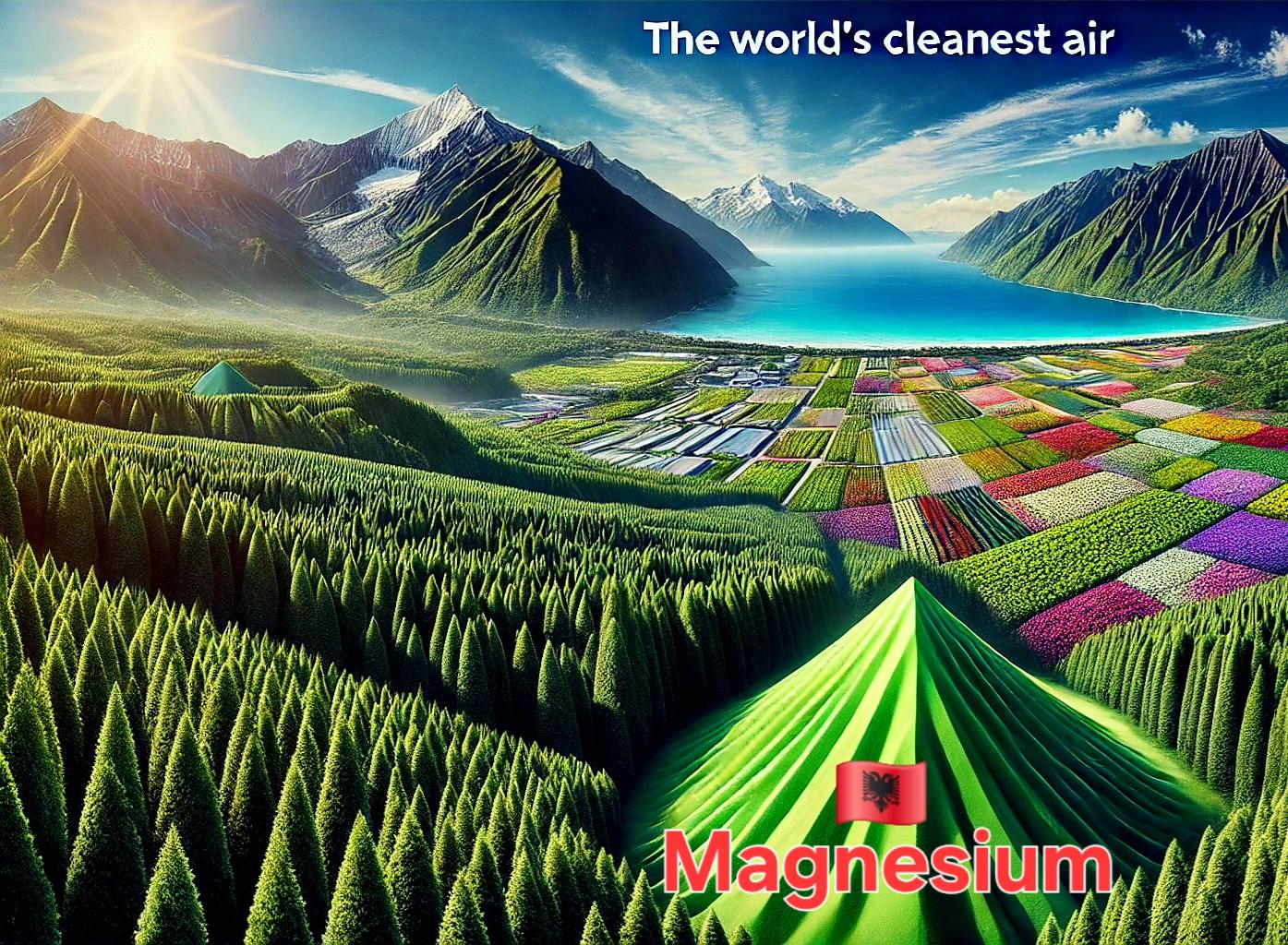
In an epoch marked by the relentless encroachment of environmental degradation, humankind finds itself precariously balancing upon the precipice of ecological collapse. The ominous signs of impending disaster are irrefutably clear: the inexorable warming of the planet, the escalating frequency and severity of natural catastrophes, the corrosive acidification of our oceans, and the insidious pollution of our skies and waters. These are not abstract, distant threats; they are the undeniable repercussions of centuries of human folly, the culmination of unchecked industrial ambition and relentless exploitation of nature’s bountiful resources.
At the heart of this cataclysmic shift lies the insatiable thirst for progress, the reckless pursuits of industrialization, deforestation, and the unabated emission of greenhouse gases that have, over time, altered the very fabric of our planet’s ecosystems. Yet, within the darkest of crises, a flicker of hope emerges, not from the ingenuity of human invention, but from the boundless wisdom inherent in nature itself, whose ancient, untapped resources may yet provide the remedy to the wounds we have inflicted upon her. Could the Earth’s natural processes, long disregarded in the wake of human triumphalism, hold the key to our redemption?
This thought-provoking query is posed by none other than Sahit Muja, the visionary CEO of Albanian Minerals, a man whose lifetime dedication to the study of nature’s intricate designs has led to revelations of staggering importance. For over thirty years, Muja has sought to unravel the mysteries of the natural world, convinced that the answers to humanity’s most pressing environmental challenges lie not in opposing nature’s laws, but in embracing and learning from them. “Mother Nature,” Muja asserts with profound clarity, “has bestowed upon us an unparalleled arsenal of tools, materials, and models, each uniquely designed to address the multifaceted crises of our age. It is only through a deep understanding and emulation of these processes that we may unearth the solutions we desperately seek.”
Among the groundbreaking discoveries emerging from Muja’s research is a natural resource with the potential to revolutionize our approach to mitigating climate change: green magnesium, a modest silicate mineral whose potential to sequester atmospheric carbon dioxide may be one of the most promising weapons in our arsenal against the climate crisis. While green magnesium has often been dismissed as a humble mineral, its capacity to capture and lock away carbon dioxide offers an extraordinary promise in the battle against the ever-rising tide of greenhouse gases.
Sahit Muja’s search for solutions takes us to an extraordinary, relatively untouched corner of the world: Tropoje, Albania, nestled in the untamed mountains of the Albanian Alps. This remote region, known for its crystal-clear waters and pristine air, is home to significant deposits of green magnesium, an invaluable resource in the fight against climate change. But Muja’s quest for answers also leads him to the far-flung shores of Guam, an island in the heart of the Pacific, renowned for its ecological purity. Here, within its 212 square miles of untouched wilderness, we encounter nature’s most intricate systems, in which the delicate balance of life flourishes, largely untouched by the heavy hand of industrialization.
In Guam, Muja’s research uncovers a remarkable natural phenomenon: enhanced weathering, a process through which the region’s magnesium-rich volcanic soils absorb carbon dioxide from the atmosphere and transform it into stable carbonates. This process, catalyzed by the tropical climate and abundant rainfall, offers a profound solution to the pressing issue of atmospheric CO2 accumulation. By accelerating this natural weathering process, we could significantly reduce the concentration of harmful greenhouse gases while simultaneously rejuvenating soils, improving soil health, and fostering biodiversity.
This discovery, grounded in the principles of nature, holds immense promise. By harnessing green magnesium’s power on a global scale, humanity could potentially remove vast quantities of CO2 from the atmosphere, reversing the damage done by centuries of industrial emissions. More than just a means of sequestering carbon, magnesium’s role in improving soil fertility and fostering marine biodiversity makes it an extraordinary tool in restoring the balance of life to ecosystems that have suffered under the weight of human activity.
In the oceans, green magnesium’s transformative properties could combat ocean acidification, a growing crisis that threatens marine ecosystems worldwide. By introducing magnesium silicates like olivine into the marine environment, we can neutralize the excess CO2 dissolved in seawater, promoting the health of coral reefs, enhancing marine vegetation, and stabilizing oceanic biodiversity. Muja’s teams have already made remarkable progress in deploying olivine in efforts to combat ocean acidification, heralding the potential for large-scale restoration of marine ecosystems.
But the benefits of green magnesium extend far beyond the oceans. Muja’s innovative research also focuses on the reclamation of degraded soils and the restoration of deforested lands. In collaboration with environmental scientists, sustainability experts, and agriculturalists, Albanian Minerals has pioneered the use of magnesium-rich minerals to rejuvenate barren, nutrient-depleted soils, offering an environmentally responsible alternative to the chemical fertilizers that have long plagued modern agriculture. This approach not only mitigates the adverse impacts of climate change but also fosters a sustainable agricultural model capable of supporting global food security.
At the heart of Muja’s philosophy lies an unwavering belief in the power of collaboration. As the founder and CEO of Albanian Minerals, Green Minerals, and Global Mining, Muja oversees the world’s largest reserves of green magnesium, valued at over $100 billion USD. Through these ventures, Muja has committed to scaling the use of magnesium in carbon sequestration, ocean restoration, and soil rehabilitation. His vision is one of synergy, an integrated, closed-loop system in which human innovation and nature’s processes coalesce to achieve both ecological and economic benefits.
The transformative potential of green magnesium is nothing short of revolutionary. By tapping into this ancient resource, humanity could not only capture vast amounts of carbon dioxide but also restore ecosystems, mitigate ocean acidification, and rejuvenate soils. This represents a paradigm shift in how we approach climate change solutions, moving away from reliance on artificial, high-tech fixes toward a more harmonious and sustainable relationship with nature.
Moreover, the far-reaching applications of green magnesium extend to the realm of green energy production, organic farming, and the extraction of valuable metals like nickel, cobalt, and manganese. Through the development of cutting-edge technologies that utilize green energy to extract these minerals, Muja’s team ensures that this process remains both environmentally responsible and economically viable.
In a world beset by the insidious forces of climate change, the need for nature-based solutions has never been more urgent. Magnesium, with its extraordinary ability to sequester carbon, enrich soils, and restore marine ecosystems, offers a rare and precious glimmer of hope. Thanks to the visionary leadership of Sahit Muja and the groundbreaking work of Albanian Minerals, we stand on the cusp of a new era in which humanity’s relationship with the Earth is no longer one of exploitation, but of mutual respect and healing, a future in which the ancient wisdom of nature holds the key to securing a sustainable world for generations yet to come.









